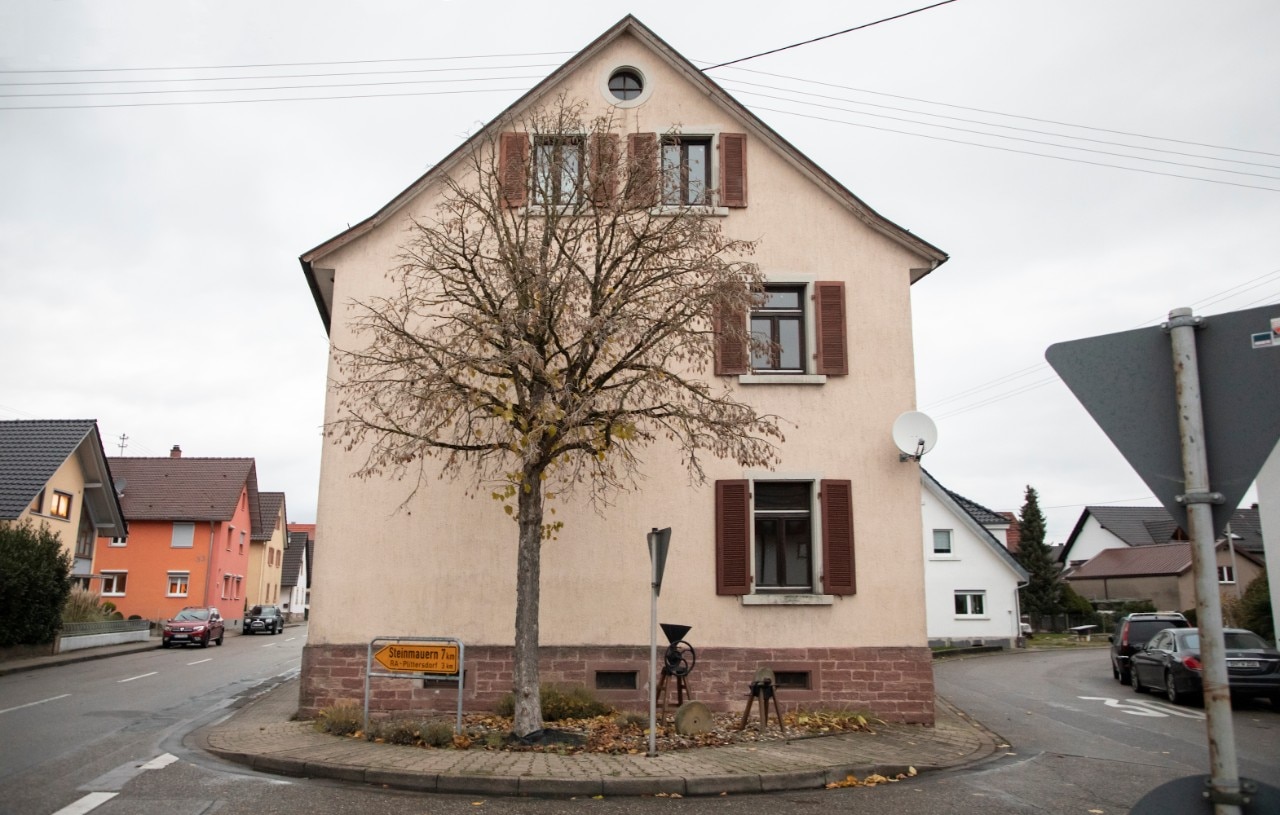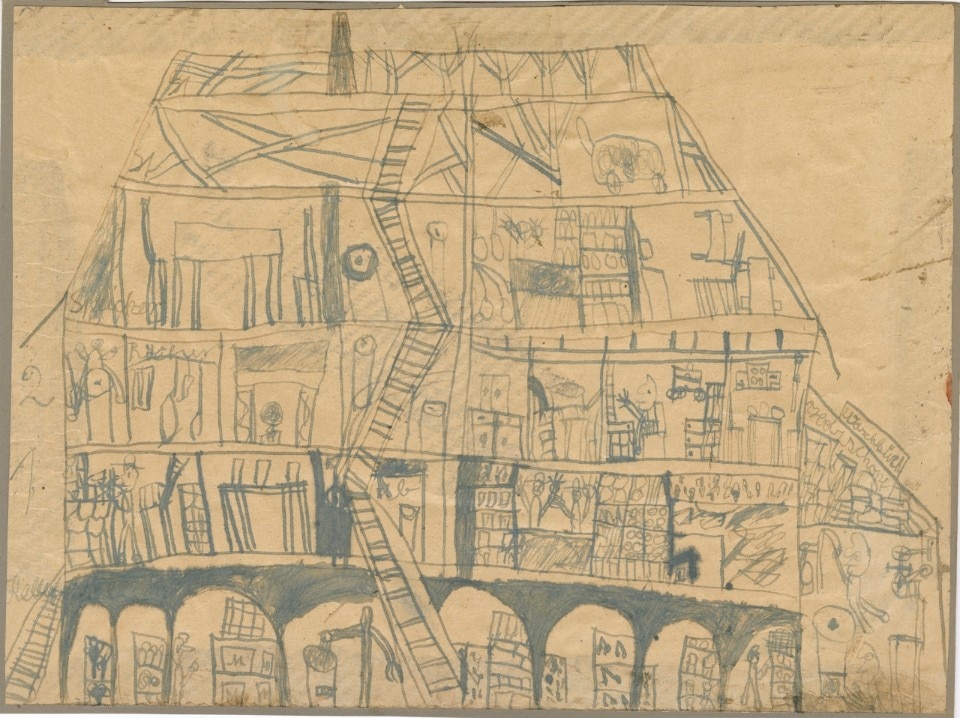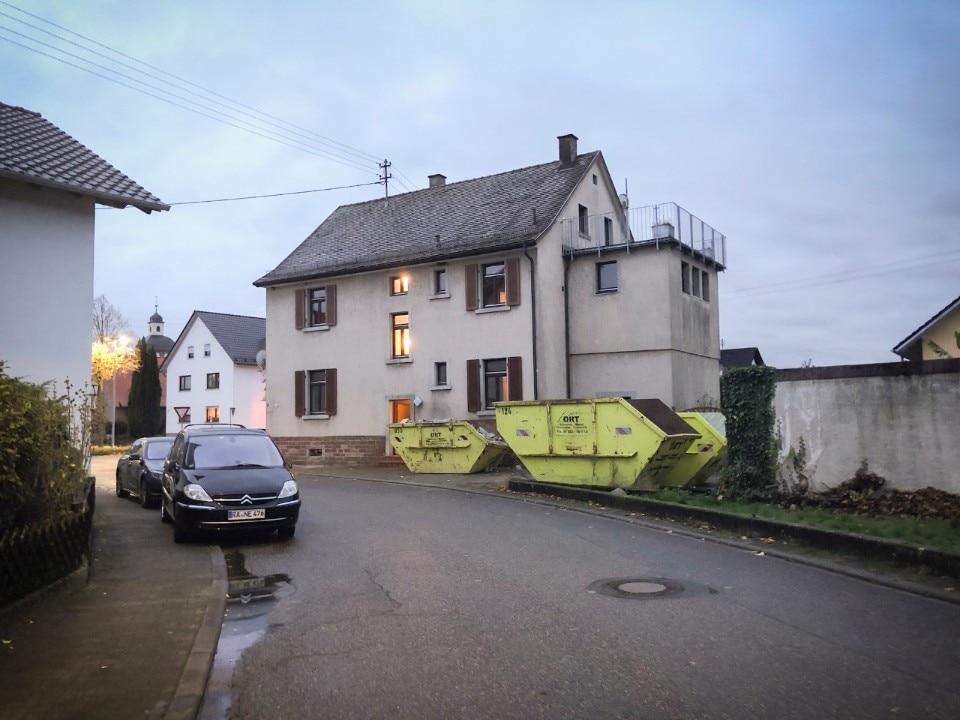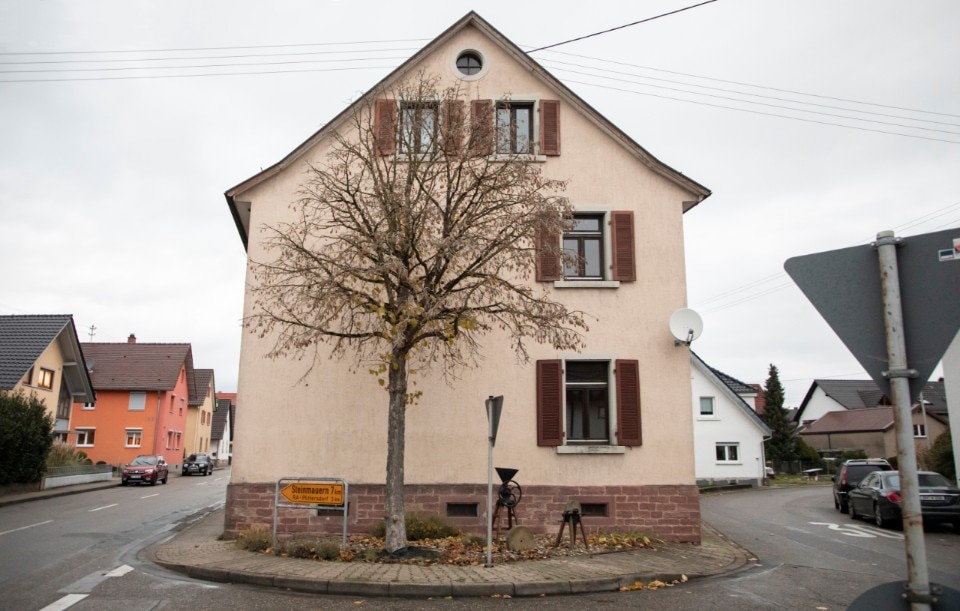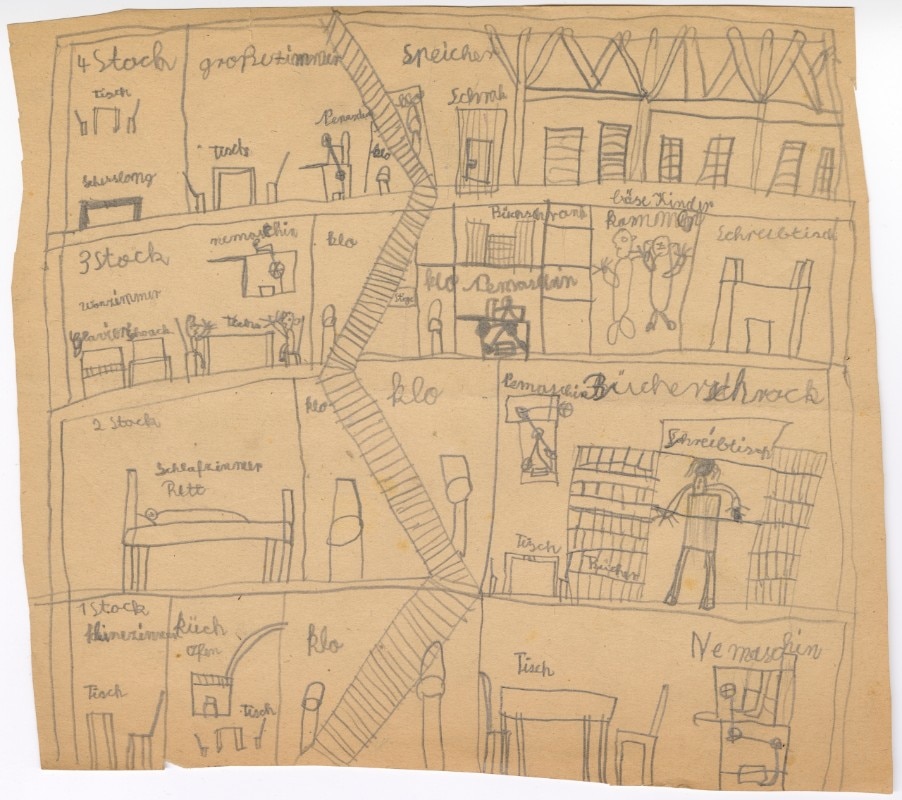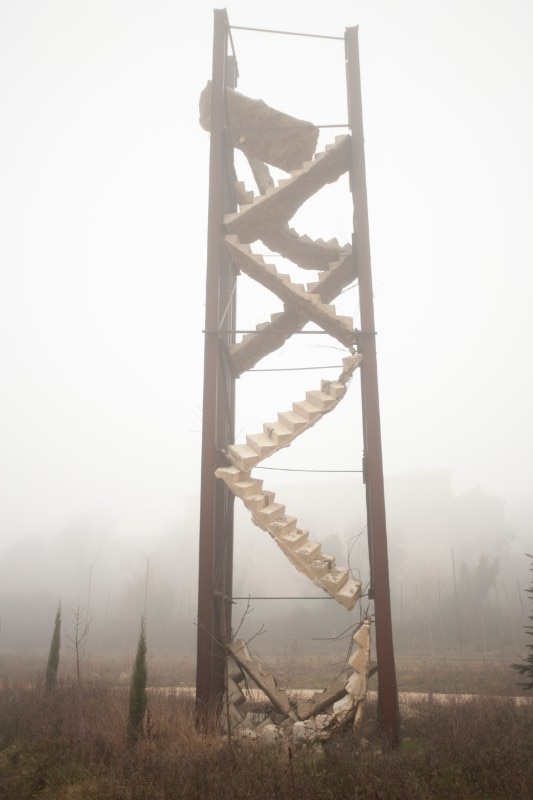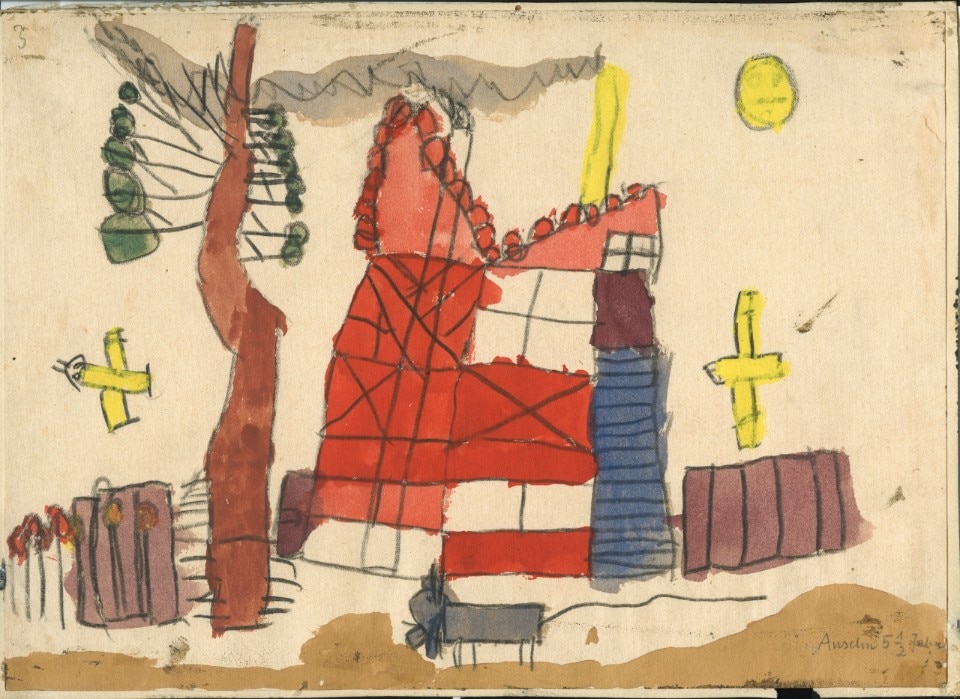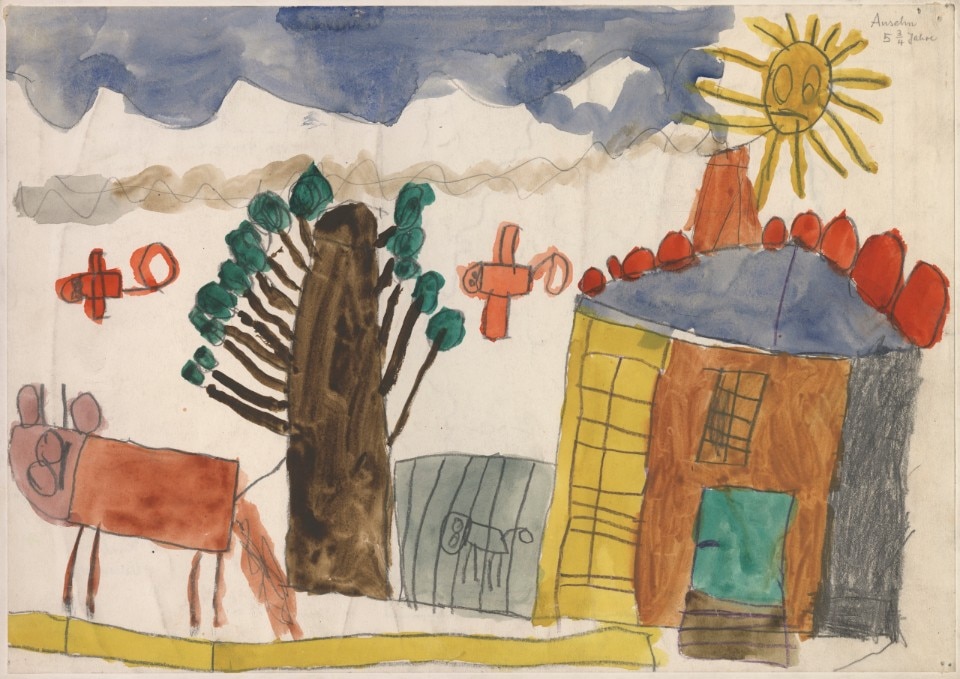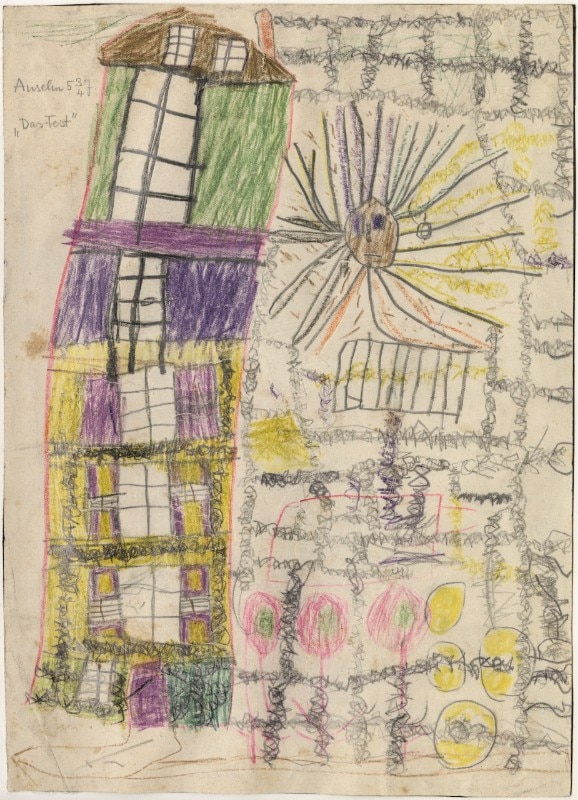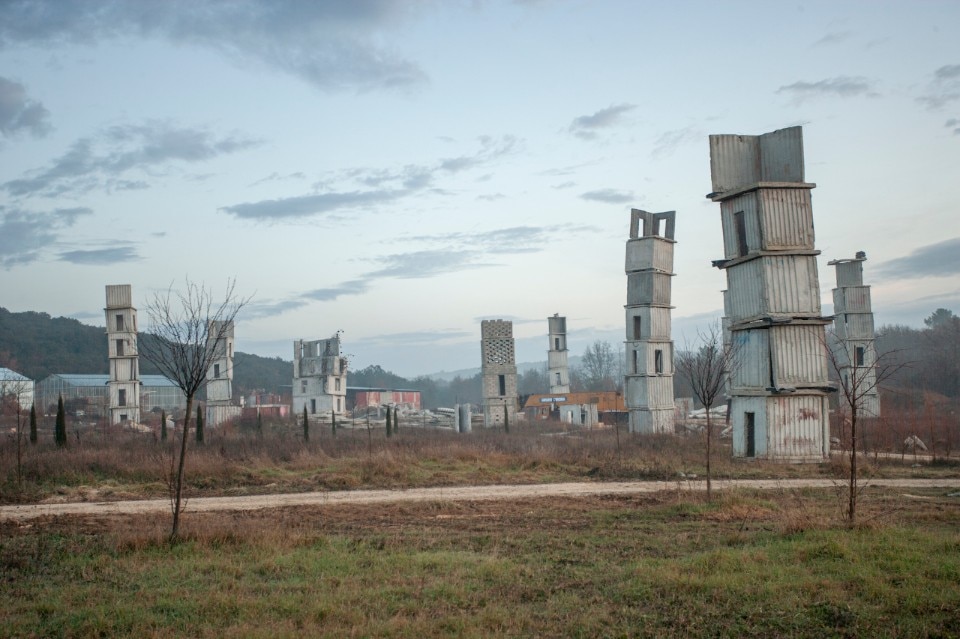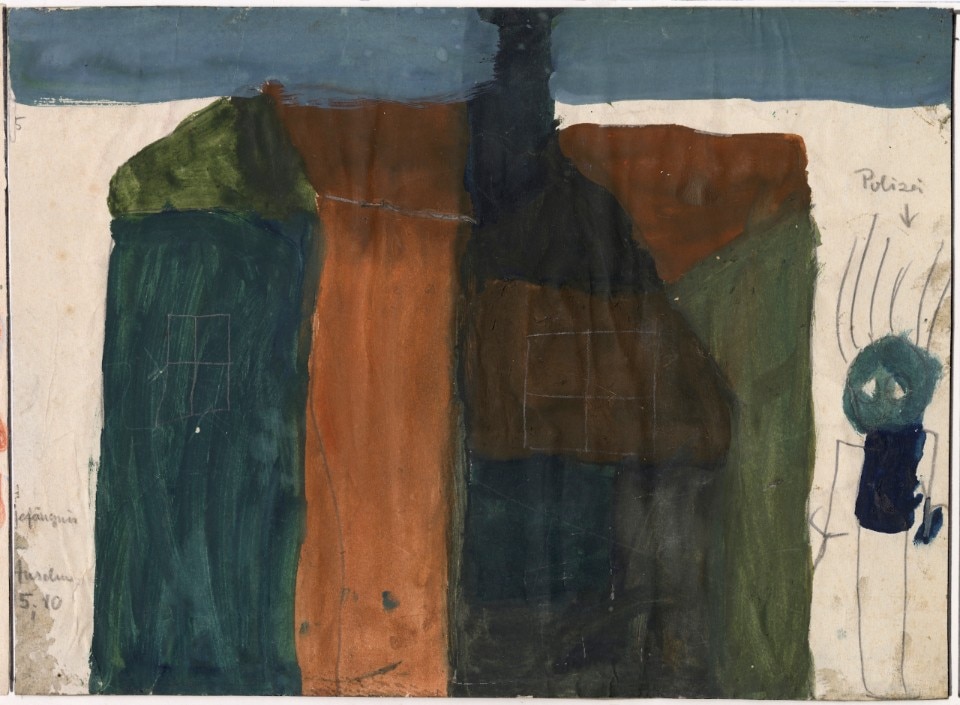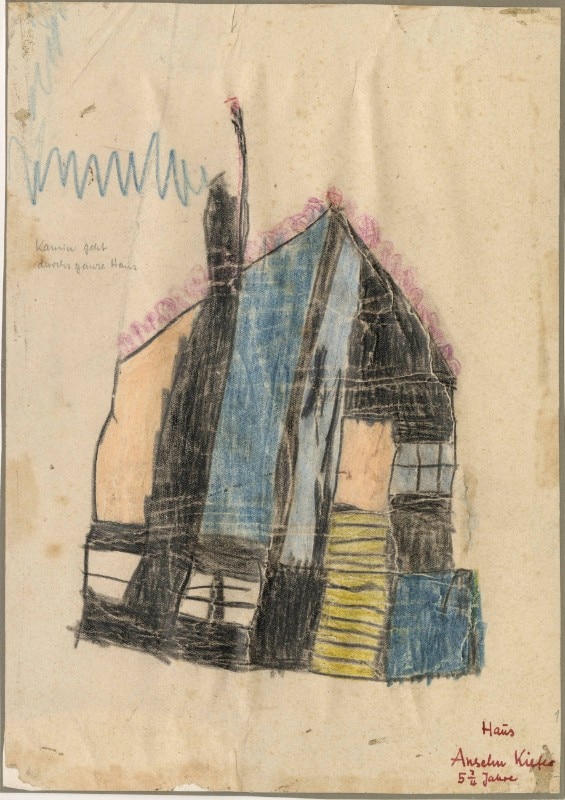This article was originally published in Domus 1047, June 2020.
German-born artist Anselm Kiefer has become one of the most prolific and acclaimed artists of our time. Given the range of his work in its scale, media, subject matter, imagery and references, it is a struggle to define as a whole. More than a painter and sculptor, he is an archivist waging war against collective forgetfulness. He is rebuilding landscapes with his “reverse architecture” while also excavating below ground with the enthusiasm of an escapologist – both construction and destruction as creative acts. He confronts difficult and controversial issues of post-war national identity with his “arsenal” of epic works that draw on the rich complexities of memory, literature and mythology. Often using heavy material and sheer substance, he captures the indescribable, intangible, even the incomprehensible. Kiefer’s richly layered work is both haunting and mesmeric, intimate and monumental.
But it is perhaps the acts of recording and referencing that reside at the heart of his process and ultimately bond his work together. Long before his interest in Kabbalah mysticism, Norse mythology, Wagner, Bachmann or Celan, Kiefer had a careful sense of place and an urge to capture his entire world in detail, as testified by these remarkable childhood drawings annotated by his father. They record the interior of his own home and several observations of houses around him, even a tower. In a letter addressed to the editor, he describes his fascination with the process of memory triggered by one of these drawings of his own home and the experience of revisiting the house on the Rhine in which he was raised.
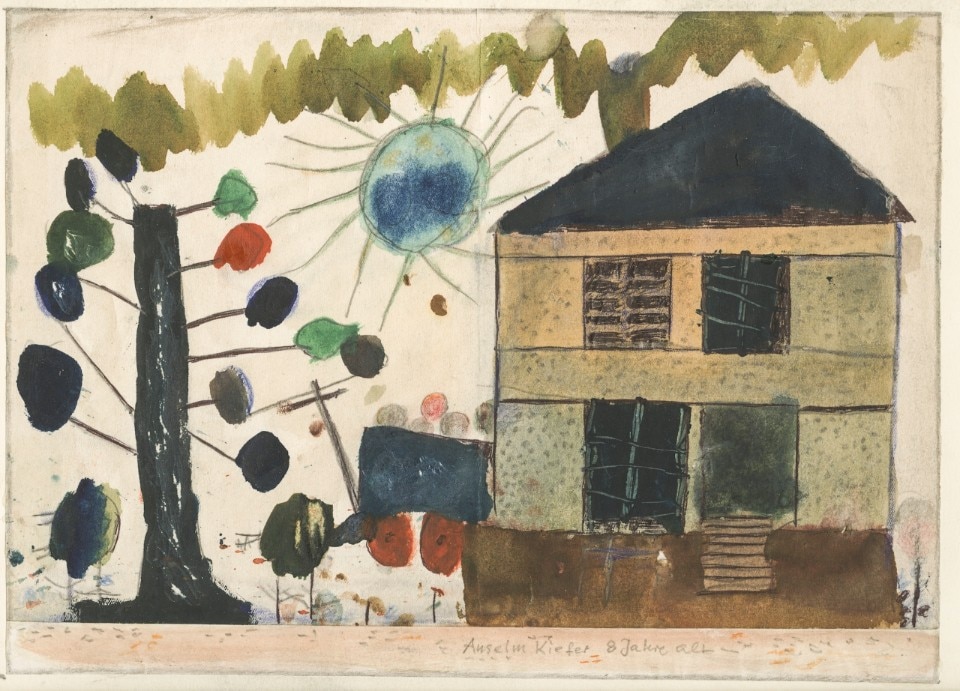
Dear David,
You’re fascinated by this drawing I made as a child, before I started school. When I rediscovered these childhood drawings recently, I found them fascinating too. I don’t mean to praise myself: I’m no longer the person I was when I made this drawing. Shortly after I started school, my drawings began to be laboured, uninspired. The genius was lost.
I’ll start by describing the house’s geographic location: it’s situated in a village not far from the Rhine. From the house, a gravel path takes you to the Rhine after about a kilometre, crossing a number of small Rhine tributaries on its way. You would hear the pounding of the barges’ diesel engines long before you reached the river. This path through lush wetland actually belonged to the house, and in spring, it would be submerged when snow melting off the Alps caused the Rhine to spill its banks. The groundwater level would rise, and it was not uncommon for our cellar to flood. The medium of the Rhine’s water thus connected us to France, because, of course, the Rhine formed the border between Germany and France. So, the border to our neighbouring country ran directly alongside – or rather, through – our house.
All of this was as palpable as ever when I visited the house for the first time since moving out long ago. It was all happening in the present, in the here and now, more than now, in the future.
In this way our little house, which we never left (my parents neither went on holiday, nor did they leave the village to visit a larger town), was connected to the outside world by water.
There was a small vegetable garden in front of the house and a reasonably large one behind it, which sadly no longer remains, since another house was built on that plot long after I left.
But the garden belonged to the house and was its extension. I dug little tunnels in the soil – much to my parents’ disapproval – and left messages in the form of drawings, before my father filled them in again.
I’m telling you this because this was doubtless an attempt to use this subterranean architecture to forge a mysterious connection with another world. Only much later did I read Colson Whitehead’s The Underground Railroad.
Everyone remembers certain places that were particularly important to them. For the rest of our lives, we draw on these places when we’re creating, and on the time we spent in them. “There is nothing new except in recollection... the new arises out of us, for we are the future, if we can relinquish it... the destructive idea of the dialectic” (to quote Andrea Emo).
When I saw the house again two years ago after much time had passed, I was shocked. Often as an adult, your memories of a place remain stronger when you don’t seek it out and return to it. Usually, the actual re-encounter with a place is disappointing. This was not the case with the house in Ottersdorf.
It was a shock and walking through the rooms and down to the cellar and up to the attic truly sent me back to another time I had long thought was lost. It was like a palimpsest with different eras overlapping not even a hair’s breadth apart.
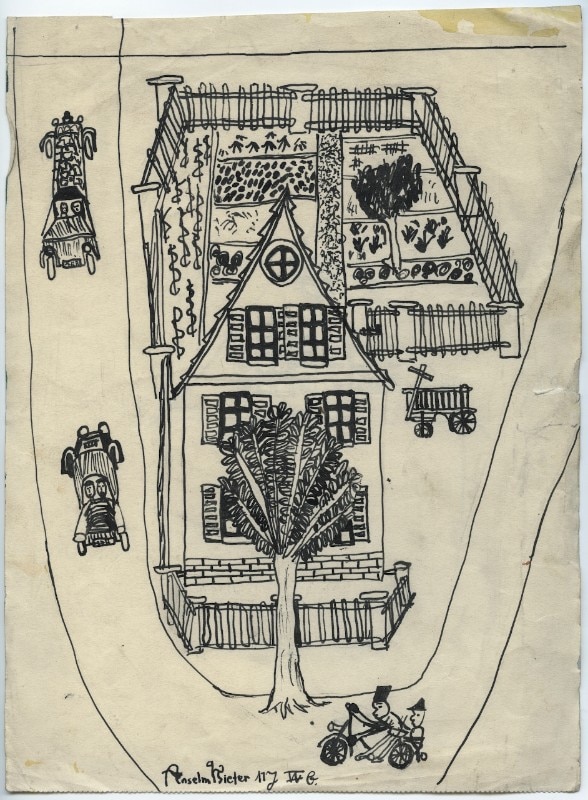
When I think of the rooms and how the sun, rising at an angle, would cast the cross-shaped shadow of a window frame on the floor as it shone through the glass in spring, and how in summer, tulips placed in a water glass would unfold in its warmth... and how it was always a bit eerie to go down to the cellar in winter, with its earthen floor, to fetch coal for the oven, or potatoes.
All of this was as palpable as ever when I visited the house for the first time since moving out long ago. It was all happening in the present, in the here and now, more than now, in the future. I felt outside of time in that moment. I asked myself: have I become the master of time? Whereas normally, time seems to control us.
The “I” I used to be and the “I” I am today melded for a burning instant. The object’s past became present to me. For an instant, everything was equally close to me and equally removed. I felt connected to everything as soon as I had stepped into the house in Ottersdorf. I had lost nothing to the past and the future had nothing to offer me. I had become a conqueror of time.
It was like in Alain-Fournier’s book Le Grand Meaulnes. On opening the front door, I saw everything in an instant. It was no longer a process, nor was it tied up with history or my own story. Rather, it was a moment in which the process seemed to stand still. Then as I walked through the rooms, mounted the stairs to the attic and descended into the cellar, this sense of an entire reality fell apart again.
Much as – placing a vinyl record on the deck – you have the entire musical piece whole before you, waiting to be heard; and as soon as the needle touches the vinyl, this entire reality falls apart again into a temporal sequence.
Looking at road maps with places you remember is different: reading familiar names of towns and streets might trigger a surge of emotions, but it all remains more abstract. More just an invocation.
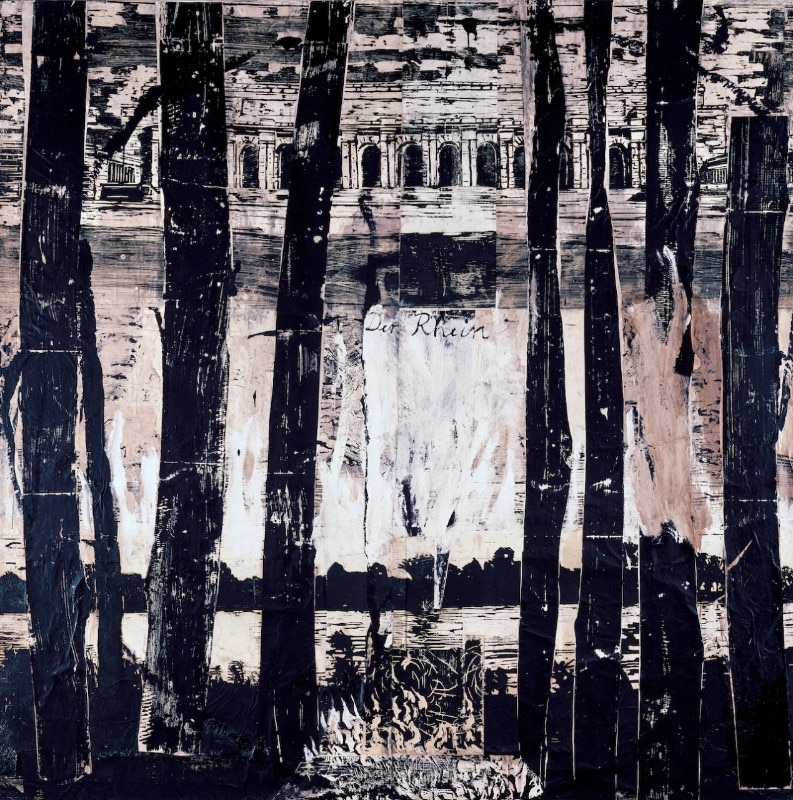
My first impulse was to dismantle the house, pack it into a bag, if you will, and then reassemble it in my Paris studio (something that would often be done to old half-timbered houses in the area before they were installed in a museum). Could I play with time in this way?
So, I resolved to restore it to its original state. For parts had been ruined in the years when it was inhabited by different people. First of all, the windows had been changed for ones with insulating glass. They have to be replaced with windows in the style of the original ones. In winter, we had secondary windows that would be placed in front of the actual windows once the cold weather set in. Doing so was a ritual, much like Christmas or Easter. Then the extra storey added to the annex (labelled as a laundry room in the drawing) has to be removed. That storey was added to allow a bathroom to be installed.
When I lived there, there was no running water, only a pump. In the drawing, you can see me pumping water in the laundry room. In the evening you always had to leave a bucket of water so you could prime the pump the next morning. There wasn’t a toilet, either, just a seat with a round hole through which shit fell straight into a pit dug beside the house.
There are other “architectural” drawings from this period. For instance, skyscrapers, which seemed to be of particular interest to me at the time, because I had never seen buildings with more than two storeys back then. If you’re interested, I could look them out for you.
Yours, Anselm


